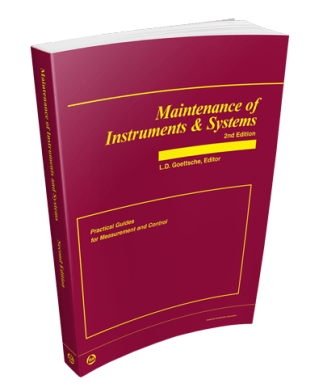AutoQuiz is edited by Joel Don, ISA's social media community manager.
This automation industry quiz question comes from the ISA Certified Control Systems Technician (CCST) program. Certified Control System Technicians calibrate, document, troubleshoot, and repair/replace instrumentation for systems that measure and control level, temperature, pressure, flow, and other process variables. Click this link for more information about the CCST program.
An analog multimeter is a very useful calibration device, but it will not determine which of the following parameters?
a) current
b) voltage
c) resistance
d) frequency
e) none of the above
An analog voltmeter works by passing a current through a coil that is suspended between two permanent magnets. By selecting the different functions with the selector switch (ohms, volts, amps), different resistors are placed into the circuit, and the quantity to be measured is determined from Ohm’s Law.
Frequency cannot be measured with an analog meter multimeter, because the moving coil construction of the analog multimeter meter is suited only for determining quantities by application of Ohm’s Law. A more specialized piece of equipment, such as an oscilloscope or digital multimeter is required to determine frequency in an electrical AC circuit.
The correct answer is D, "frequency."
Reference: Goettsche, L.D. (Editor), Maintenance of Instruments and Systems, 2nd Edition

About the Editor
Joel Don is the community manager for ISA and is an independent content marketing, social media and public relations consultant. Prior to his work in marketing and PR, Joel served as an editor for regional newspapers and national magazines throughout the U.S. He earned a master's degree from the Medill School at Northwestern University with a focus on science, engineering and biomedical marketing communications, and a bachelor of science degree from UC San Diego.




